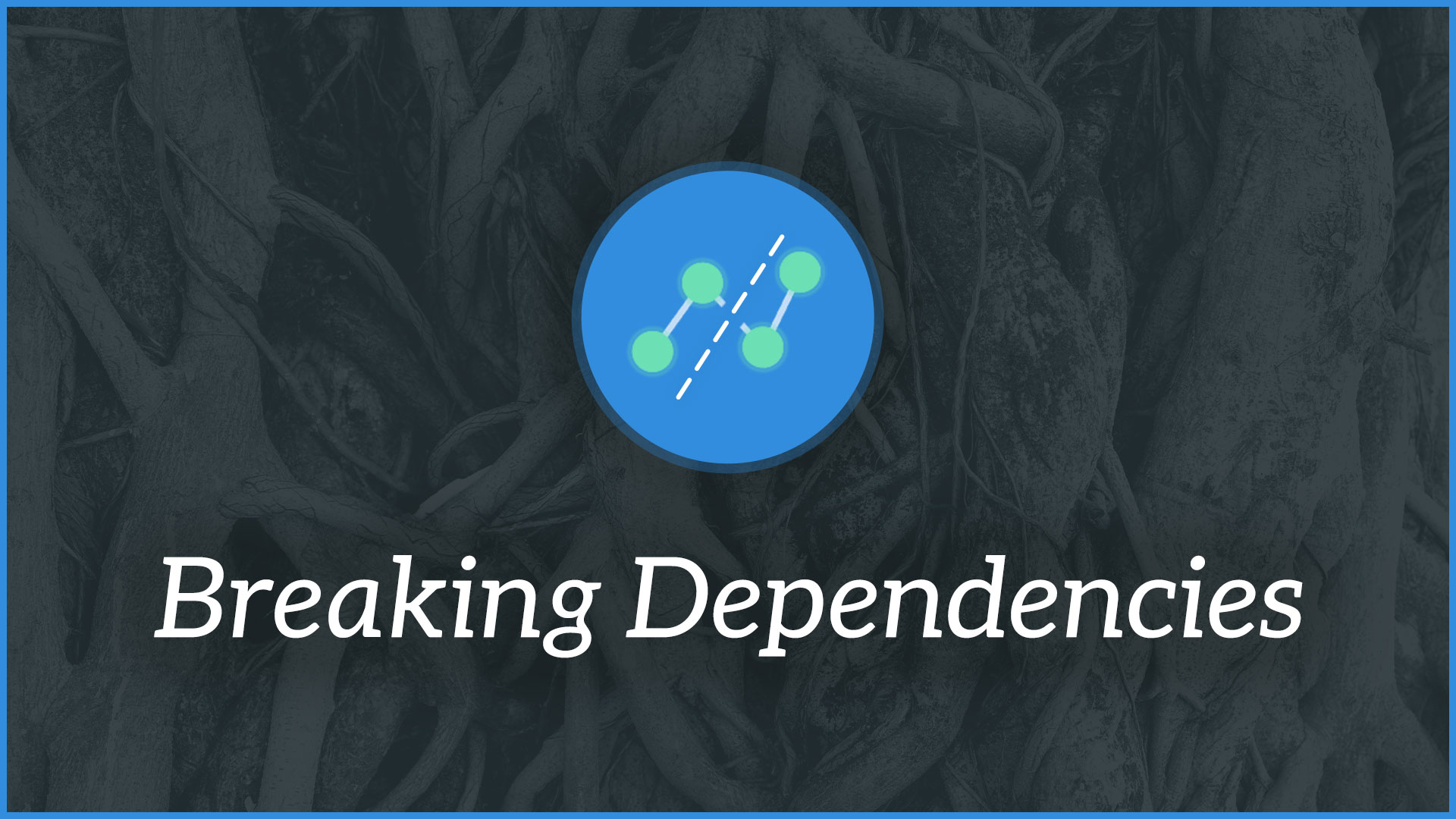Understanding the Work of an Agile Transformation
Agile is really about designing a System of Delivery that can produce the business results that matter to your executives and key stakeholders. But, in most large organizations, there are a ton of underlying issues that end up getting in the way.
And a cultural shift in mindset or an even more dogmatic approach to Agile practices aren’t going to fix the organizational impediments that prevent organizations from adopting Agile and establishing a high-performing System of Delivery.
The Elements of a System of Delivery
First, let’s take a look at what a System of Delivery needs to have to be successful. There are 3 Things:
Teams
Dedicated, cross-functional groups made up of six to eight people who possess everything they need to deliver an increment of working tested product at the end of every sprint.
Backlogs
A rolling three to six-month, strategically prioritized list consisting of work items that add value to the business and to your customers.
Working Tested Product
An increment of business value that’s been tested, QA’d, and is fully functional. It meets all acceptance criteria and satisfies the definition of done as per the backlog.
Removing the impediments to the 3 Things and creating the conditions for them to exist is the real work of the transformation. So, what’s the right approach to creating these conditions?
Betting on Agile Culture & Practices
If you’re betting on culture, you’re making the assumption that a sudden shift in mindset is going to remove the impediments you need to remove in order for the 3 Things to exist and be successful.
But a shift in mindset isn’t going to address the real organizational issues, business architecture issues, technology architecture issues, HR issues, and technical debt that reside within your organization.
And can we all agree that the daily standup wasn’t the missing piece when it comes to achieving our Transformational goals?
The reality is that no amount of Scrum is going to fix the underlying issues either.
There’s an old saying that Scrum doesn’t fix anything, it only shows you where the problems are. But what do you do when the problems are outside the teams’ span of control?
Top-Down Intent. Bottom-Up Execution
Most of the time, the people on the ground know that the lack of the 3 Things and the presence of dependencies in the organization are a huge problem.
The challenge is that the team, the coach, or the ScrumMaster don’t have the agency to go and fix it. Not only that, but they’re not even able to influence the executive to go and fix it.
When self-organization isn’t going to facilitate the change, we’re going to need leadership to step in and provide support and alignment.
Executive buy-in will be critical to enabling the work that the teams will ultimately do.
The Real Work of the Transformation
The work of an Agile Transformation isn’t learning, Scrum, SAFe, TDD or other Agile practices.
It isn’t getting people to think Agile or be Agile.
The work of Agile Transformation is removing the organizational impediments to Teams, Backlogs and Working Tested Product.
And that’s going to require more than a grassroots Agile initiative led by the delivery teams. It’s going to require leadership to provide their influence and support.


